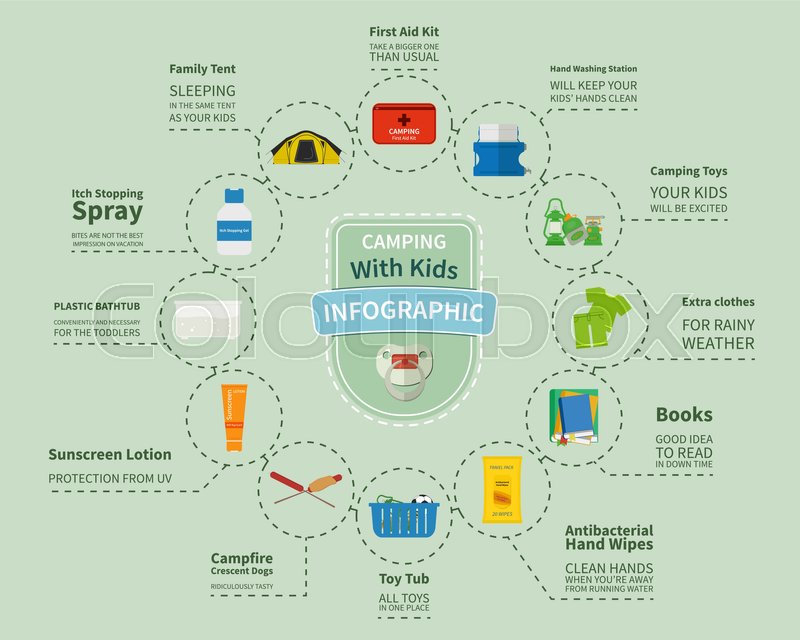Rain flies are an important accessory for wall surface outdoors tents. They boost the capacity of an outdoor tents to secure campers from severe weather while giving included comfort and durability.
Regular cleansing of a rain fly maintains mud, mildew, and particles from ruining it. Also, guaranteeing the appropriate stress of a rainfly prevents it from drooping and permitting water to accumulate underneath.
Weather Resistant Materials
The material utilized in construction projects can influence the long life and longevity of the project. Choosing weather-resistant materials helps reduce upkeep prices and conserves resources for future repair and replacement.
Wood may not be the very first material that comes to mind when going over weather condition resistance, but it is very long lasting when correctly treated with preservatives. Cedar, redwood, and teak wood are instances of normally rot-resistant woods used to make a selection of outdoor furnishings and structures.
High-performance canvas wall surface camping tents are designed to stand up to moisture and maintain campers comfortable. It is important to tidy canvas and camping tents regularly to remove dust, mud, and dirt. It is likewise necessary to rinse off any kind of deposit from the canvas tent prior to keeping it away for usage. Prevent using bleach, as it damages the water-resistance treatment and makes the outdoor tents extra susceptible to leakage. Alternatively, a soft brush and a tube can be used to completely scrub the canvas camping tent and wash it off with water until it is fully saturated.
UV Exposure
Unless an outdoor tents is made from UV-resistant material, extended exposure to sunshine will certainly trigger it to break down. This is true of all fabrics, yet it's especially pronounced for outdoors tents and canvas frameworks as a result of how much they're used in exterior setups. UV radiation can cause dyes to break down, causing a loss of color vibrancy.
A rainfly safeguards wall surface outdoors tents from these hazardous UV rays by showing them before they can permeate personalized canvas bag the framework and reach your skin. It's important to choose a rainfly with a UPF score of 50 or greater to obtain optimal UV security.
A rainfly additionally assists control the temperature level inside a tent relying on the period. A lighter rainfly can keep tents from taking in too much heat in the summertime, while a larger rain fly can help avoid warmth from leaving the camping tent throughout cooler months. In either case, these additional layers of insulation can substantially expand a tent's life expectancy.
Wetness Damages
Canvas tents are fairly long lasting and can last 15-30 years with attentive care, however also one of the most high-performance canvas is not unsusceptible downpours. A rain fly or fly sheet adds a layer of security for the roof covering of your canvas camping tent and assists stop dampness damage.
Condensation, mold, and mold are not just unsightly, but they can also ruin the structural stability of your canvas camping tent. Stopping these issues is simple, however it needs careful treatment and interest to detail.
Make it a practice to examine your camping tent in the early morning and eliminate any type of natural condensation, dew, or snow that has built up on the surface. Afterward, make sure to spread your outdoor tents out in an open location and make use of a soft brush to scrub away any kind of mold and mildew and mold that has actually formed. As soon as you have actually gotten rid of the affected areas, re-treat the tent with a mold killer solution and rinse it thoroughly to prevent any kind of future problems.
Dampness Build-up
While regular, condensation can damage materials if left unchecked. Fortunately, aggressive approaches like cleaning surface areas and airing out camping tents reduce condensation' impact.
Tent textile, environment problems and usage patterns contribute to condensation levels. Sailcloth, for instance, stands up to water vapor dissipation and has a tendency to display beaded droplets quicker than polyester or nylon choices. Understanding this difference educates just how camping tent proprietors handle condensation.
Resident's exhaled breath and damp garments and devices spike humidity levels. An absence of air flow methods enables moisture to condense when cozy indoor air meets cooler surface temperature levels. This cycle magnifies on humid nights or when a camping tent is positioned in low places. Checking and cleaning camping tent surfaces promptly after cooling down motivates dampness to spread prior to damaging textiles or forming mold and mildew. Localized airflow, such as guiding a follower toward seams, additional aids the process. Acknowledging one of the most at risk locations of a tent, like high ridges and corners, assists campers improve their wetness administration regimens.
